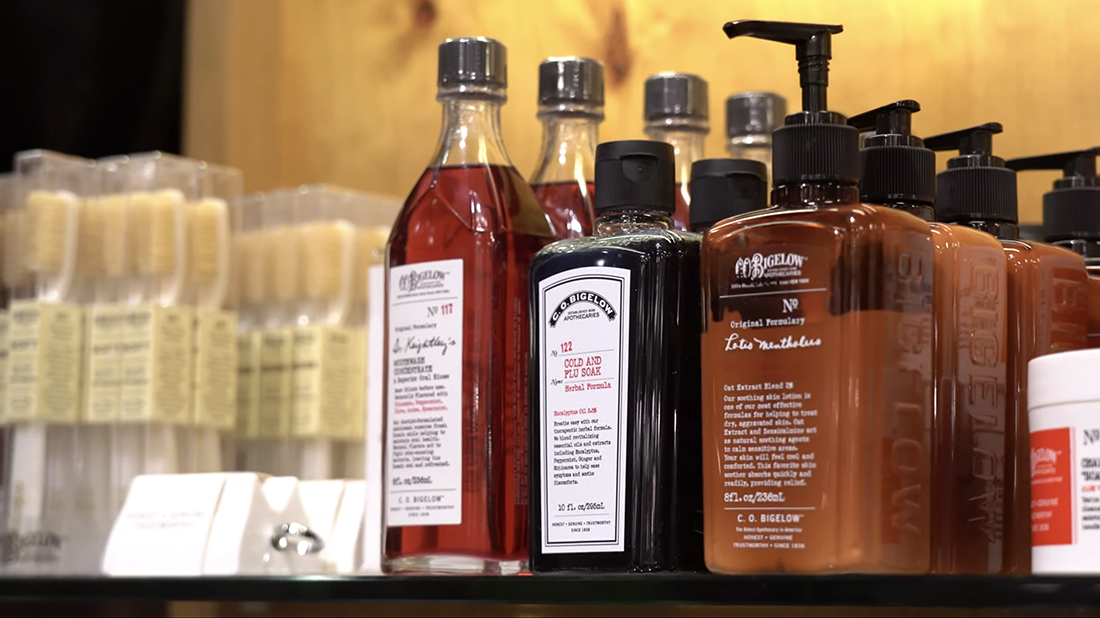How To Soothe Skin Prone to Allergic Reactions

Our Customers Asked:
My skin is itching and breaking out in red patches after I used this new skincare product, what do I do?
Our Experts Answered:
It sounds like you may be having a case of irritant or allergic contact dermatitis. This condition occurs when your skin comes into contact with certain triggers, which often include chemicals, actives, and fragrances. Moreover, symptoms can range from dry patches to reddened and itchy skin, bumps, blisters, and in more serious allergic reactions, swollen skin. If that sounds familiar, don’t fret! Here are some of our best tips to help calm your skin down.
Whether you think you’re experiencing an irritant or allergic reaction, the first thing you should do is to stop using the product— or any skincare products, actually. This will stop the reaction from worsening, and give your skin some time to calm down, so to speak.
For mild irritation or allergies, there are several at-home treatments that can help get your skin back to normal. Wash the remainder of the product off your face with cold water, and hold a clean, cold compress to your skin to help with any stinging or discomfort. If needed, you can ask your dermatologist for a prescription topical corticosteroid cream to reduce inflammation, or take an over-the-counter oral antihistamine to help manage itchiness. You can also contact us here at C.O. Bigelow to get help directly from our beauty experts and pharmacists. We’ll even provide personalized skincare recommendations from our wide range of personal care remedies.
2. Seek medical care for more severe symptoms
If you’re experiencing more intense symptoms like swelling in the face or eyes, difficulty breathing or swallowing, or excessive discomfort, go to the nearest medical center immediately. It’s best to get treated by health professionals or nurses with a BSN that know their way around skin allergy first aid. They might also perform allergy tests according to protocols, which can help you identify what exactly caused your reaction. So rather than simply treating a diagnosis, you’ll receive individualized physical care and learn how to handle your skin during the healing process.
Once the worst is over, you can consult with your dermatologist to be sure that no permanent damage has been done to your skin. They might also suggest milder product alternatives for you to use, like the derma-recommended Bioderma Sensibio line.
3. Choose gentler products during recovery
In general, you’ll want to avoid any products that could make your allergic reactions flare up again. It’s therefore best to simplify your routine for the time being. Some gentle cleansers we recommend are the Sunday Riley Ceramic Slip Cleanser, and the more affordable Avene Cleanance Cleansing Gel. Both are great for drawing out impurities without stripping the moisture from sensitive and combination skin types. You can also let your skin breathe by avoiding packing on the makeup, at least until you’ve fully recovered.
4. Do patch tests before using new products
There are also a couple of things you can do to avoid major skin reactions from happening again. First, we highly recommend patch testing before fully incorporating a product into your routine. Patch testing follows the same principle as allergy testing: You simply apply the product to small sections of your skin at a time to test the reaction.
To conduct this testing, apply a small amount of the product behind your ear. For irritation, apply it where you’re most sensitive. This is typically on the cheeks or the chin for most people, but location can vary between individuals. Usually, you’ll see a reaction within 24 hours or a week of patch testing.
5. Build up tolerance to active skincare ingredients
Products meant to target acne and aging aren’t harmful per se, but some of their active ingredients can cause irritation and discomfort. Retinoids, salicylic acids, and glycolic acids in particular can be irritating, especially in the first few weeks.
Fortunately, dermatologists say that tolerance can be built up slowly and carefully. After a successful patch test, start slowly by incorporating the products into your routine only two to three times a week. Gradually increase your usage to every other night, or nightly if necessary, and buffer by layering moisturizer under your new products until you feel your skin has gotten used to them.
Having a reaction can be stressful for your skin and your state of mind, but most cases are mild and preventable. If you want more expert skin advice, feel free to reach out to us at customerservice@cobigelow.com. We’re here to help!
Article written by Ruth Ann Joles
Exclusively for C.O. Bigelow Apothecaries


PRODUCTS MENTIONED IN THIS POST
Deprecated: Function related_posts is deprecated since version 5.12.0! Use yarpp_related instead. in /var/www/html/magento2-bigelowchemists/public/blog/wp-includes/functions.php on line 5383



